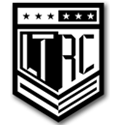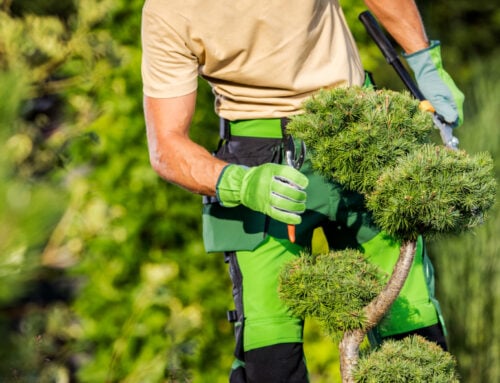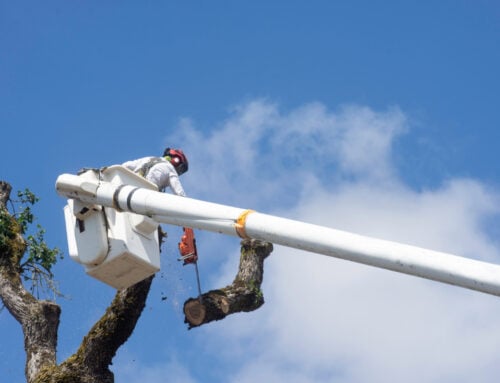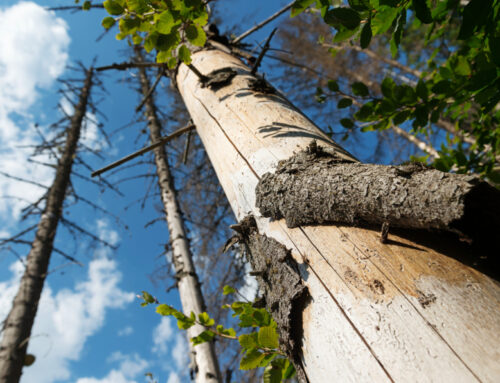As the winters begin to thaw and the gentle breezes of spring waft in, the once-dormant landscape of our yards emerges in vibrant shades of green. For homeowners, spring is the most opportune time to revitalize your outdoor space, and one of the most essential aspects of this seasonal renewal is taking care of your trees. We will walk you through the vital steps of spring tree care, ensuring that your arboreal companions not only survive but thrive in the flourishing seasons ahead.
Importance of Spring Tree Care
Spring is a time of active growth for trees, with budding leaves and the thrill of new life resonating through every branch. Engaging in proper tree care during this time sets the stage for healthy development throughout the year. Neglecting to prepare your trees for the growing season can lead to a myriad of issues, including stunted growth, susceptibility to pests and diseases, and potential safety hazards. Thoughtful spring tree care not only preserves the beauty of your landscape but also guards against expensive damages and the loss of iconic trees that may have graced your property for generations.
Landscaping Tips for Spring
To breathe new life into your garden and ensure your trees are set for success, consider these landscaping tips for spring:
1.Assessing Tree Health
Before you dive into specific care routines, it’s crucial to conduct a thorough assessment of your trees’ health. Look for outward signs of damage, such as broken or split branches, which can be indicators of internal decay. Additionally, keep an eye out for irregularities like wilting leaves, premature leaf drop, or visible pest activity. If you’re in doubt, consider enlisting the aid of a professional arborist who can conduct a detailed inspection and provide targeted advice on necessary interventions.
Signs of Damage or Disease
Common symptoms of tree stress or illness can range from discolored leaves to abnormal growth patterns. Be vigilant for:
- Cracks and splits in the trunk or major limbs
- Abnormal bumps or ‘shelves’ (fungal nodules) on the trunk
- Extensive dieback of branches
- Patches of missing bark or signs of insect infestation
- Sudden tilting or leaning of the tree
- Visible presence of mold, mildew, or fungal growth
Acting upon these signs early can often save a tree from further distress.
2.Pruning and Trimming
Pruning and trimming are essential springtime tasks that ensure trees maintain a strong and appealing form. Start by removing any branches that were damaged or died back over the winter. These can be not only unsightly but also potentially harmful, serving as entry points for insects and diseases. Then, consider shaping your trees to encourage desirable growth patterns and to maintain a safe clearance around structures and power lines.
Removing Dead or Damaged Branches
Deadwood in trees can pose a significant risk, especially during windy spring weather. Falling branches can cause property damage, injury, or even fatalities. Carefully prune away any branches that show no signs of life, like leaves or buds, to prevent these hazards.
3.Mulching and Fertilizing
Mulching around the base of your trees has numerous benefits, from regulating soil temperature to improving moisture retention. Fertilizing, when done correctly, can provide much-needed nutrients to support robust growth.
Mulch acts as a protective barrier, conserving soil moisture, preventing soil compaction, and suppressing weed growth. As it decomposes, it also enriches the soil with organic matter – a win-win for both your trees and the surrounding environment.
Choosing the Right Fertilizer
Not all trees require fertilization, and the needs of those that do will vary depending on their species, age, and local soil conditions. A balanced and slow-release fertilizer, applied in the correct season, can support overall tree health. Be cautious, however, of over-fertilizing, which can lead to excessive growth and weaken the tree over time.
4.Watering and Irrigation
Trees, especially newly planted ones, may need supplementary water during dry spells – a common occurrence as the weather turns warmer. Implementing the right watering techniques will ensure that your trees receive the nourishment they need without overdoing it. Water deeply and infrequently to encourage deep root growth and resilience against drought. Focus on the root zone – not the trunk – and consider installing a soaker hose around the base of the tree for slow, even watering.
5.Pest and Disease Prevention
As trees come into leaf, they become more vulnerable to a host of pests and diseases. Identifying common issues early on and taking appropriate preventative measures can save you a great deal of trouble down the line.
Identifying Common Tree Pests and Diseases
Familiarize yourself with the local ecosystem – understand which pests and diseases are prevalent in your area and which trees are most at risk. Common tree threats include aphids, scale insects, and fungal infections like anthracnose and powdery mildew. Good cultural practices, like proper pruning and watering, go a long way in preventing pest and disease issues.
Additionally, consider applying dormant oil or targeted insecticides if you have a history of insect problems. For fungal diseases, ensuring good air circulation through proper pruning can help reduce the risk.
Professional Tree Care
Sometimes the most responsible course of action is to entrust your tree care to a professional. An arborist can provide services such as deep root fertilization, cabling and bracing for structural support, or even the implementation of an integrated pest management program tailored to your landscape’s unique challenges.
Protect Your Trees
spring tree care is an investment in the long-term health and beauty of your landscape. By taking the time now to assess, maintain, and protect your trees, you not only ensure their enduring presence in your yard but also contribute to a richer, more vibrant environment for years to come. It’s an act of stewardship, a connection to nature, and a simple pleasure that enriches the experience of home. Embrace the season, embrace your trees, and let your spring yard echo with the joy of new life.
Encouragement for Homeowners to Take Action

The first day of spring isn’t just a date on the calendar; it’s an invitation to get out and transform your environment. As a homeowner, it’s your responsibility and joy to bring out the best in your yard. Armed with the knowledge and resources from this guide, you’re well-equipped to embark on a journey of renewing the heart of your outdoor space – the trees. Let this spring be the season you truly connect with your natural surroundings and foster an environment where life flourishes, from the tips of your treetops to the depths of your soil.
Professional Spring Tree Care
If you’re feeling overwhelmed or simply want to ensure the best care for your trees this season, don’t hesitate to call LTRC Tree Specialists. Our team of certified arborists is ready to assist you with a full suite of professional tree care services. Whether it’s pruning, fertilization, pest management, or emergency tree services, we’re here to help your landscape thrive. Connect with nature and protect your investment – call us today at (404) 288-5872 or visit our website and let’s nurture the green canopy of Alpharetta, Georgia, together.

Contact Us For A Free Estimate!







